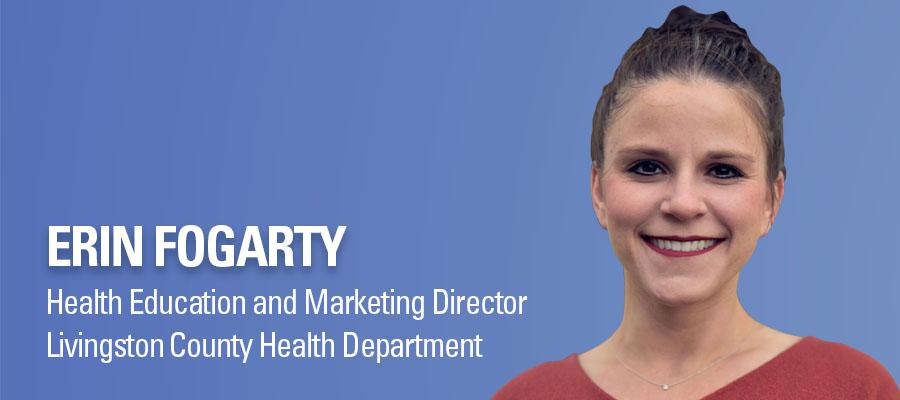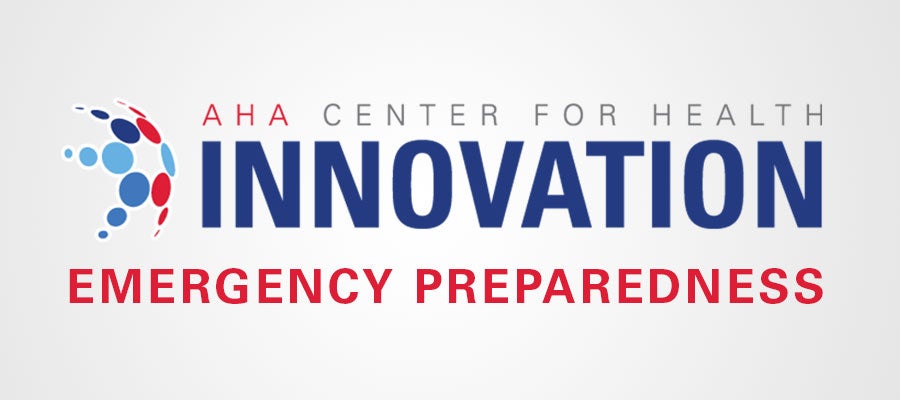A Strategy to Tackle Public Health Misinformation


In the fall of 2021, two years into the COVID-19 pandemic in the U.S., nearly 80% of adults said they had heard “at least one of eight different false statements about COVID-19 and that they believe it to be true or are unsure if it is true or false,” according to polling by the Kaiser Family Foundation.
As the director of health education and marketing at the Livingston County (Ill.) Health Department, I have witnessed firsthand how misinformation during the pandemic has contributed to vaccine hesitancy and low vaccination rates. My research has identified the spread of false information and conspiracy theories as major obstacles to improving vaccination rates in the rural community that the health department serves.
By understanding the attitudes and beliefs that drive patient behavior, health care providers and administrators can better design messaging that promotes positive health outcomes, including messages deployed during a public health emergency.
To better understand the intentions of community residents to receive the COVID-19 vaccine, I applied the theory of planned behavior, or TPB, which suggests that attitudes, social support, self-efficacy and the interplay of external factors — such as demographics and news sources — are what drive an individual's intention to engage in a behavior. Health care and public health leaders can use this framework to actively combat misinformation and ensure community safety during public health emergencies.
Addressing COVID-19 Vaccine Misinformation in a Community
In Livingston County, misinformation significantly influenced the willingness of people to receive the COVID-19 vaccine, due to their perceptions about the development and approval process, which they considered expedited and too swift. Only 25% of Livingston County residents were vaccinated by late April 2021. The spread of misinformation was exacerbated as people held the attitudes and beliefs of family members and close friends in much higher regard than information shared by federal and state government officials, who were deemed untrustworthy sources of health information by some people.
To address vaccine hesitancy in Livingston County, our health department began by identifying areas of concern for residents and then developed messaging that specifically addressed those concerns. For example, many residents expressed concerns about missing work or social events due to COVID-19 exposure or infection. In response, our health department highlighted how being vaccinated helped residents maintain a consistent work schedule, spend more time with loved ones and protect family members, such as grandparents. We also regularly shared COVID-19 vaccination rates and hospitalization data in our county, emphasizing that vaccinated individuals were less likely to be hospitalized.
Although this tailored communication was helpful in gaining community trust and increasing people’s willingness to get vaccinated, it wasn’t enough. Trusted voices were needed. We identified highly trusted community members, including local physicians and religious leaders, as key messengers in disseminating accurate information about the safety and effectiveness of COVID-19 vaccines. In addition, we encouraged people to discuss their vaccination experience with family members and friends. Support from trusted community leaders — along with tailored messaging from our health department — led to a greater than 25% increase in the number of vaccinated residents.
In addition to combating misinformation, health care and public health leaders play a critical role in preparing and protecting their communities. Effective cross-sector emergency management requires coordinated information-sharing and transparent communications as well as the ability to quickly disseminate accurate information to the public. The spread of misinformation can create detrimental consequences for hospitals, health systems, public health departments and communities. Successful emergency preparedness relies heavily on the ability of health care leaders to mitigate misinformation while also dispersing reliable information to protect the health of community members.
Applying the Theory of Planned Behavior in Public Health Emergencies
The theory of planned behavior has significant applications for hospitals and health systems. By understanding the attitudes and beliefs that drive patient behavior, health care providers and administrators can better design messaging that promotes positive health outcomes, including messages deployed during a public health emergency. In Livingston County, using the theory of planned behavior was a key component in pinpointing socially driven norms as a way of better tailoring messaging and identifying trusted messengers to disseminate accurate vaccination information.
Looking beyond the COVID-19 pandemic and toward preparing for future public health emergencies, it is essential to establish trust within communities to more effectively communicate the intended messages. After establishing trust, health care and public health officials can focus on being intentional and authentic with wider dissemination of messaging. Messages should emphasize valued benefits, including both social and personal advantages, as well as validate people’s feelings of hesitation. Of utmost importance is choosing highly trusted messengers in the community — whether individuals or organizations — to convey the information.
Information-sharing is foundational to emergency response and directly impacts outcomes. By creating cross-sector communication pathways and using trusted messengers, health care and public health leaders can better reach and inform members of their communities during a crisis.
Erin Fogarty, Ph.D., M.P.H., is the health education and marketing director at Livingston County Health Department in Pontiac, Ill.
For more examples and actionable strategies on sharing information and proactively mitigating misinformation during public health emergencies, check out AHA’s CLEAR Field Guide for Emergency Preparedness.
Presented as part of Cooperative Agreement 5 HITEP210047-02-00, funded by the Department of Health and Human Services’ Administration for Strategic Preparedness and Response (ASPR). The Health Research & Educational Trust, an American Hospital Association 501(c)(3) nonprofit subsidiary, is a proud partner of this Cooperative Agreement. The contents of this publication are solely the responsibility of the Health Research & Educational Trust and its partners and do not necessarily represent the official policies or views of the Department of Health and Human Services or of the Administration for Strategic Preparedness and Response. Further, any mention of trade names, commercial practices, or organizations does not imply endorsement by the U.S. Government.

